Entrepreneur Stories
The Secret Behind Netflix And Chill

Back in the late 90’s, Reed Hastings, the man who breathed life into Netflix, realised, the way to get over avoiding late fees for the videos he rented was not by fighting the system, but by creating his own video rental platform. While the idea for Netflix came in 1997, the official website was launched on the 14th of April, 1998. Armed with an idea, 30 employees, an initial investment of $ 10 million and 925 titles to its name, Hastings and his partner, Marc Randolph, gave birth to the official Netflix website.
The beginning
For the first month, Netflix worked with a simple formula: giving people the option to browse through and rent the videos they wanted. Back then, the DVD format was just beginning to be accepted in place of VHS tapes, making it extremely easy for the team to mail videos through the rental service. By 1999, the service became extremely popular and the Netflix team decided to charge people a monthly subscription fee for renting videos!
This was a new path for the Netflix team. Not only were there no late charges, there was also no restriction on the number of DVDs you could rent and there were no shipping fees. This gave people the option to spend more time on the website by browsing through the large catalogue with complete ease! As a result of the consumer specific approach, the primary rival of Netflix, Blockbuster, suffered majorly, giving Netflix the dominance in this field. What could get better?
Unfortunately for Netflix, while their idea was spot on, the format wasn’t quite growing according to the plan for the first few years. Only a small percentage of Netflix’s regular user base had access to DVDs and VHS tapes were still a more preferred form of watching movies. Slowly through the years, as DVDs became more accepted, the online platform recorded its first ever profit ($ 6.5 million in the year 2007.) Soon after, Reed realized, they had to change the way people looked at Netflix and with this in mind, the team came up with a product which would redefine online streaming forever.
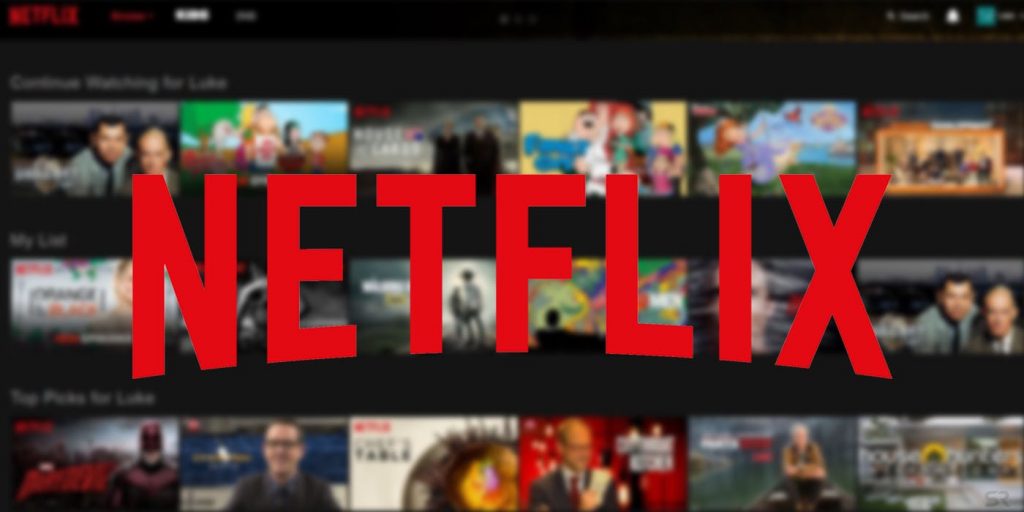
Picture credits: dbpost.com
The birth of online streaming
By February 2007, Netflix announced the streaming feature, the first ever feature which would let people watch their favourite content on the internet. The introduction of the “Watch Now” button quite literally caused a sensation. With a little over 1,000 titles, the streaming part of Netflix only made up for about one percent of Netflix’s entire video collection.
Through the years, not only did Netflix start acquiring more titles to its name, it also started giving people a new way to watch TV shows. From the moment the “Watch Now” button was introduced, users started onboarding new titles on a daily basis. By 2009, the Twitter world gave us the phrase, “Netflix and Chill,” which, although seemingly to the point and clear, has more than its fair share of hidden innuendos. By 2014, the platform had subscribers from more than 40 countries across the world and with social media being of Netflix’s best used advertising platform, people were hooked to this new phenomenon.
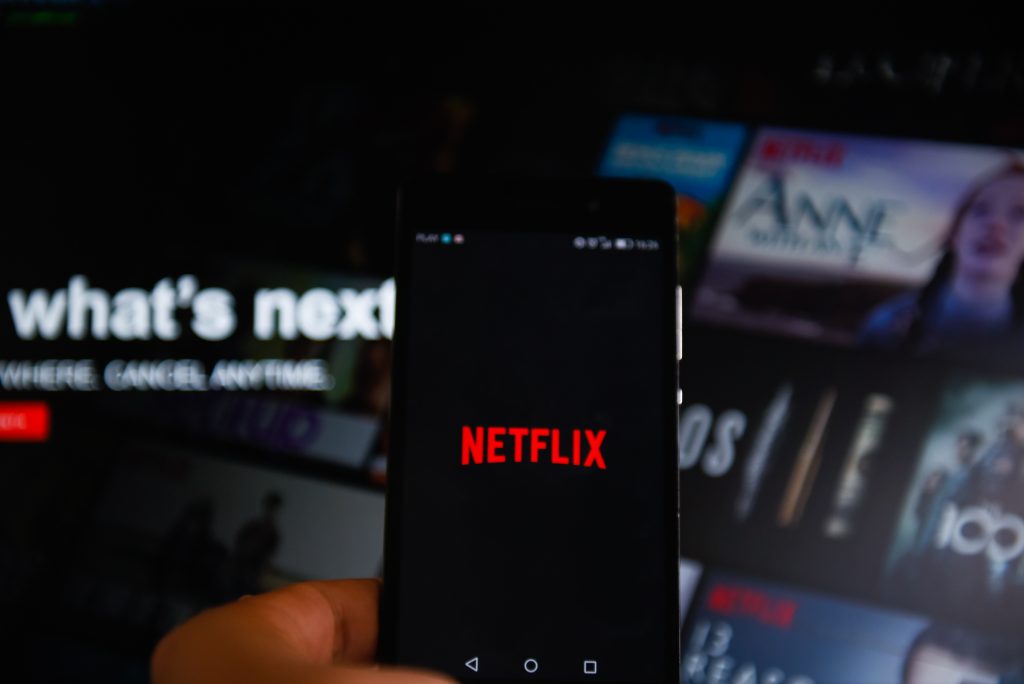
Picture credits: express.co.uk
The introduction of original content
Despite Netflix being at the peak of its fame, Hastings was far from being satisfied. He didn’t want to be known for sponging off existing titles, but wanted to be known for the original movies present on Netflix’s website. Introducing the concept of binge watching, the first ever series produced by Netflix was called Lilyhammer. However, this Norwegian show first premiered on the Norwegian channel NRK1 in January 2012 and in North America, on Netflix, in February 2012. This show was cancelled after its third season.
Unlike other platforms, Netflix didn’t make you wait for an entire week for one episode. It had no advertisements during the episode and it let people watch for free for the first three months. Things just kept getting better and better for the brand!
In 2013, Netflix changed the way people viewed content by privatizing the user base. By enabling the option of having individual profiles, Netflix now gave people the option of curating videos according to their preferences. While original content was one way Netflix used to market itself on a large scale, Netflix also realised that bringing to life cancelled shows was a good way to its original content. Take for example, shows like Arrested Development and Brooklyn Nine Nine. Both were immensely popular shows and when they were cancelled, they sent everyone into a tizzy. Netflix played the role of the guardian angel here and with a single swoop, renewed everyone’s hope for a better tomorrow! With shows like Daredevil, Jessica Jones, House of Cards, Luke Cage and Narcos, Netflix is the producer of some of the most popular shows in the world!
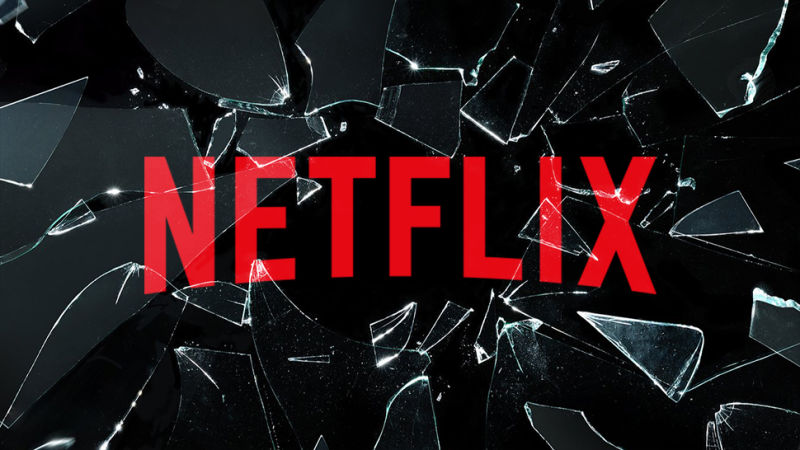
Picture credits: shutterstock
Netflix and social media
While most brand liked keeping a neutral tonality on social media, Netflix decided to do the opposite. By finding a unique voice for themselves, Netflix realised the best way to make a mark on the social media world was by being unabashedly true to the tone of your brand. In fact, their strategy worked so well, the posts made by this platform is among the best performed posts on the internet.
#Daredevil season 2. All night, every night. See you in a few hours. pic.twitter.com/O1fdynSrLa
— Netflix US (@netflix) March 18, 2016
While numbers may affect your social media game, Netflix created its social media strategy by taking into account the quality of its content, not the quantity. By using relevant posts, witty comments and listening to what people are saying on the internet, Netflix used social media to its complete advantage.
A brilliant marketing strategy, an eye for detail and clear plan to create something really unique, Netflix is today available in over 190 countries and is producing more regional content than any other competitor. Despite taking more than one hit, Netflix more than proved its superiority in the streaming world!
Entrepreneur Stories
Indian Man Quits JPMorgan, Takes 70% Pay Cut to Launch $6 Million Startup
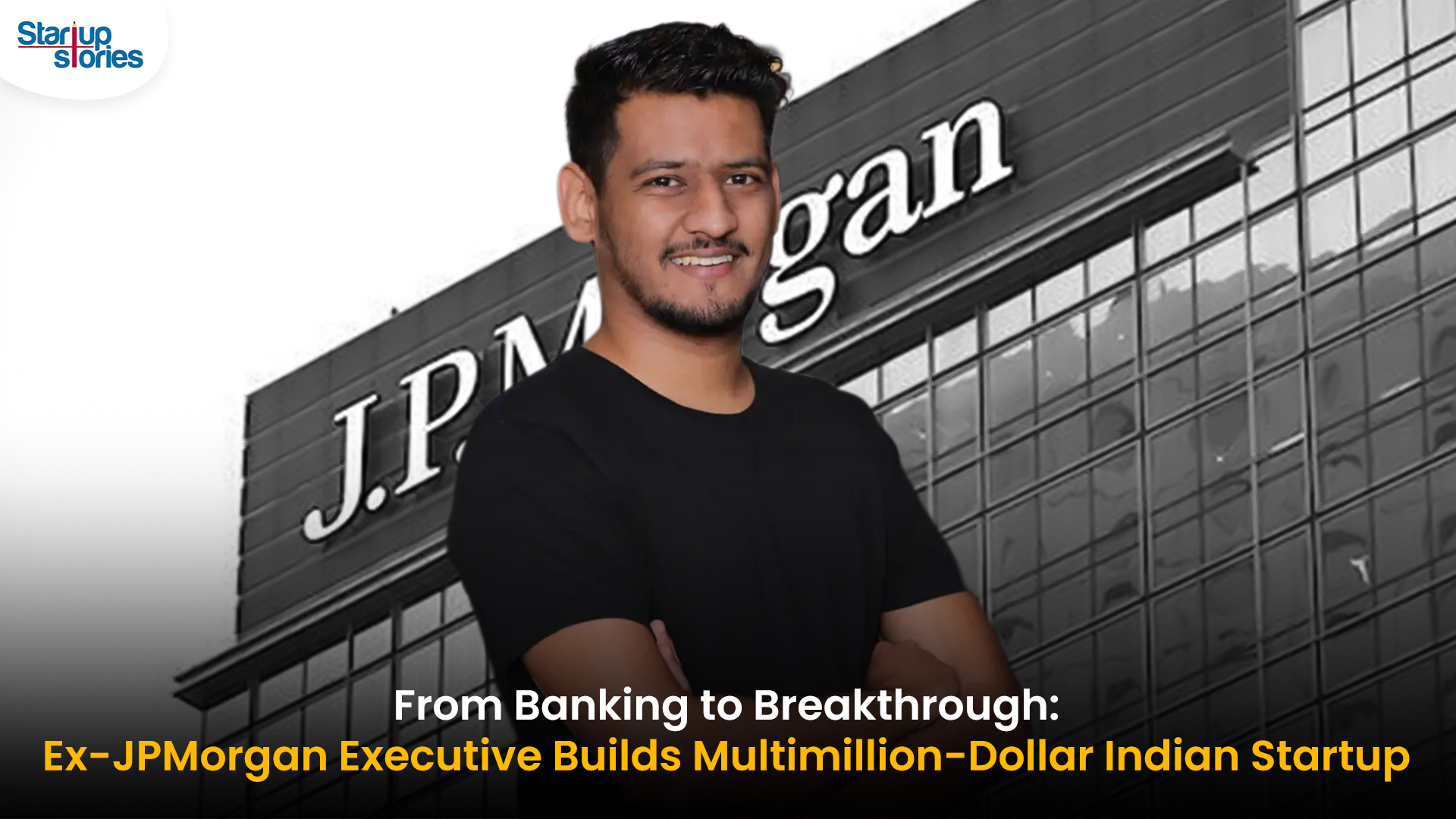
Leaving behind a high-paying job at JPMorgan, an Indian entrepreneur embraced a 70% salary cut to pursue true purpose and passion in the startup world. Disenchanted with what he described as a “robotic” corporate routine, he sought meaningful work that made a real impact. This pivotal decision marked the beginning of his new journey, one focused on value creation rather than titles and corporate perks.
Powered by resilience and fresh perspective, the entrepreneur launched his own startup, prioritizing innovation and hands-on solutions. The road was challenging, but his vision resonated with the market: the startup quickly gained traction and raised $6 million—an impressive acknowledgement of its potential in a competitive landscape. Every hard lesson from early setbacks and bootstrapping paid off in real customer growth and investor confidence.
Today, his journey stands as an inspiring example for professionals seeking authentic success outside the corporate grind. By trading comfort for creative freedom, he grew a venture that solves important problems, generates jobs, and builds wealth beyond just salary. For ambitious founders, his story highlights the power of risk-taking, adaptability, and relentless focus on impact in India’s thriving startup ecosystem.
Videos
Larry Page: The Visionary Co-Founder Behind Google’s Global Success
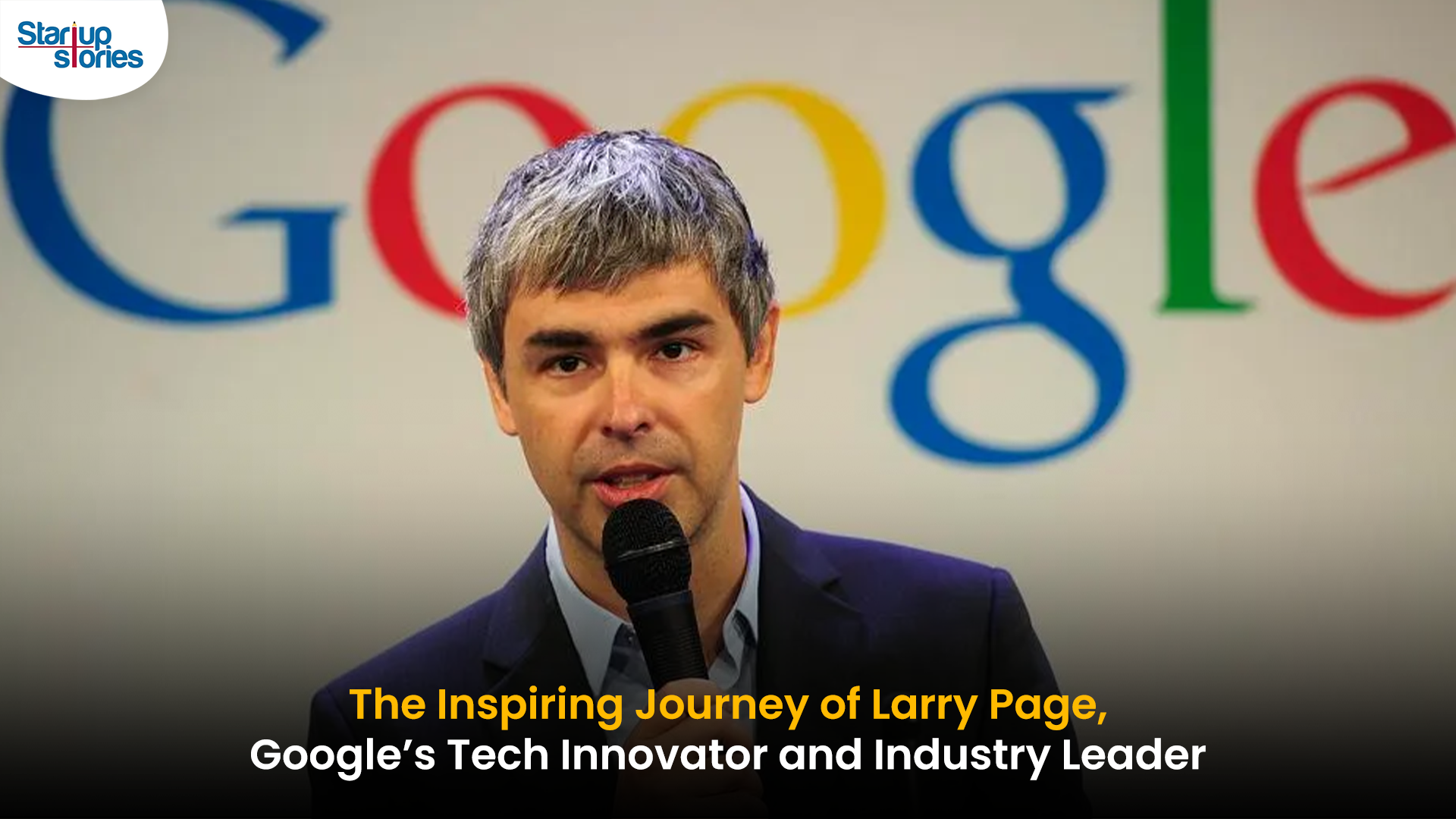
Larry Page is a visionary technology entrepreneur and co-founder of Google, one of the world’s most influential companies. Born in 1973 in Michigan, Page grew up surrounded by computer technology, which inspired his passion for innovation from an early age. He studied computer engineering at the University of Michigan and later pursued his PhD at Stanford University, where he developed the revolutionary PageRank algorithm with Sergey Brin. This technology fundamentally changed the way search engines rank websites, making Google the most accurate and popular search engine globally.
The journey of Larry Page and Google began in 1998 when they officially launched the search engine from a small garage. Leveraging their unique algorithm, Google quickly surpassed competitors due to its ability to deliver highly relevant search results, transforming internet search forever. Under Larry Page’s leadership as CEO, Google expanded beyond search to launch groundbreaking products including YouTube, Gmail, and Google Maps, turning it into a global tech powerhouse that shapes how we access and interact with information online.
Larry Page later became the CEO of Google’s parent company, Alphabet Inc., driving innovation and investment in next-generation technologies such as artificial intelligence, autonomous vehicles, and healthcare solutions. His visionary leadership and commitment to technological advancement have cemented his legacy as one of the most influential figures in the tech industry. Today, Larry Page remains a key influencer in shaping the future of technology and digital innovation worldwide.
Entrepreneur Stories
India’s Tech Story: Airtel Spreads AI Access, Ohm Mobility Lessons

Bharti Airtel has launched the innovative “Airtel-Perplexity Blueprint,” partnering with Perplexity to provide over 360 million customers free access to Perplexity Pro for a year—a benefit valued at ₹17,000 ($200). This collaboration enables Airtel users across mobile, broadband, and digital TV to harness advanced capabilities in generative AI, including leading AI models like GPT 4.1, Claude, and Gemini, along with up to 300 Pro searches daily, image generation, document analysis, and personalized planning services. The move is seen as a milestone for telecom innovation and the democratization of AI in India, making powerful research and productivity tools accessible to a massive user base.
This strategic partnership positions Airtel as an “AI-first” telecom provider, allowing it to gain key insights into user interactions with artificial intelligence and adapt its networks for growing digital demands. For Perplexity, the tie-up grants exclusive access to India’s vast telecom audience, rapidly propelling the app to the No. 1 spot on the Indian App Store, surpassing global competitors like ChatGPT and Google Gemini. Airtel customers can activate their complimentary subscription seamlessly through the Airtel Thanks App, under the Rewards and OTTs section, reinforcing Airtel’s commitment to digital customer empowerment.
The broader Indian startup ecosystem reflects both breakthrough innovation and hard-earned lessons, illustrated by the recent shutdown of Ohm Mobility, an EV financing startup. Despite multiple pivots and industry-leading investors, Ohm Mobility struggled to achieve a sustainable business model—a reminder of the challenges in market fit and adaptability. As AI adoption accelerates and startup realities evolve, industry leaders like Airtel and Perplexity are setting new standards, while others, like Ohm Mobility, offer valuable insights on resilience and the importance of business model flexibility in India’s dynamic tech landscape.


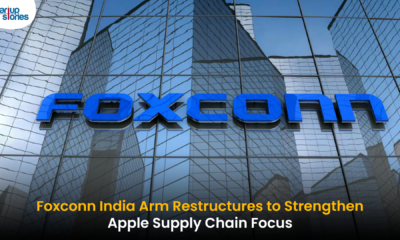

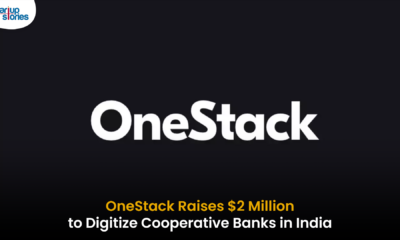









Wzlrwovw
May 25, 2025 at 7:02 pm
Explore the ranked best online casinos of 2025. Compare bonuses, game selections, and trustworthiness of top platforms for secure and rewarding gameplayBonus offer.
6jhis
June 3, 2025 at 11:08 pm
how to buy clomid no prescription acquista clomid online buying clomiphene how to get clomiphene tablets can you buy cheap clomiphene prices how to get cheap clomiphene no prescription how to get generic clomid price
bwovnfdce
July 18, 2025 at 8:19 am
Topy marki Jana Nails posiadają niesamowite naprężenie powierzchniowe co oznacza szybkie poziomowanie i wyrównanie powierzchni, komfort pracy bez zalanych skórek, łatwość i szybkość pracy. Płaski pędzelek zakończony na okrągło sprawia, że mamy kontrolę nad produktem i możemy pracować blisko skórek bez ryzyka ich dotknięcia. Sugar Rush Pinki Shimmer Top to top dla każdej Stylistki, która kocha błysk w każdym wydaniu 🙂 – opalizujące złote drobinki + różowy top + piękny, długotrwały połysk bez zarysowań i matowienia = przepiękny szybki efekt każdej stylizacji! Lista życzeń Doskonale zabezpieczone przesyłki szybka i bezpieczna płatność jak się nazywa aktor grający Toma? Nie daje mi to spokoju :c Zapamiętaj mnie Letnia Wyprzedaż – Oszczędź do 50% – Kliknij tutaj
https://enepal.net/wstep-do-korzystania-z-betonred-na-urzadzeniach-mobilnych/
Gra Aviator to społecznościowy produkt multiplayer, który gracze lubią nazywać Planescape. Ta gra pomaga ciekawie spędzić czas, naładować ducha i zrelaksować się po ciężkim dniu pracy. Sens 1win aviator polega na tym, że użytkownik obserwuje wzrost krzywej. Jednocześnie musi w porę wcisnąć przycisk «stop», gdyż w każdej chwili plansza może spaść. To jest ta sama rozrywka, która ładuje adrenalinę. Co więcej, dzięki bonusom można postawić na aeroplan za darmo. Home » 888starz bd Odpowiedzialny hazard: Przywiązujemy dużą wagę do odpowiedzialnego hazardu w aviator-games zarówno dla naszych partnerów, jak i graczy. Wierzymy, że kasyno online powinno być przyjemnym i pozytywnym doświadczeniem bez obawy o utratę pieniędzy. Jeśli zauważysz, że zaczynasz się denerwować lub czujesz się przytłoczony, zalecamy zrobienie sobie przerwy i nadanie priorytetu swojemu dobremu samopoczuciu. Aby pomóc ci zachować kontrolę nad grą w kasynie, zapewniamy szereg przydatnych zasobów i strategii.
repvxqxdo
July 22, 2025 at 3:42 am
“Mission Uncrossable” was first introduced to the market in 2018 by a prominent game developer known for its innovative and engaging slot games. The initial version was designed to appeal to fans of action-packed adventures, featuring a military theme with a focus on stealth and strategy. The game’s design was sleek and modern, with vibrant colors and detailed graphics that immediately drew players in. To begin your journey, visit Roobet and locate Mission Uncrossable in the game library. If you’re new, create an account and deposit funds using Bitcoin, Ethereum, or Litecoin. My advice? Familiarize yourself with the brand’s “T&Cs” and “Game Rules” pages before registering, and check for changesregularly,y just so you know exactly what’s what each day you want to play.
https://entreprise-electronique-grenoble.fr/football-x-by-smartsoft-an-in-depth-review-for-indian-players/
También utilizamos cookies de terceros que nos ayudan a analizar cómo usted utiliza este sitio web, guardar sus preferencias y aportar el contenido y la publicidad que le sean relevantes. Estas cookies solo se guardan en su navegador previo consentimiento por su parte. We’ve also got a huge selection of Safer Gambling tools available to help you make sure your time on site remains fun and affordable. Come and visit our Safer Gambling Hub for more information. At Rialto Casino, we want you to enjoy every second that you play with us. Find tips on how to play safely, discover places to get support and get information on all the tools we have in place at: keepitfun.rankYour privacy and security is our number one priority here at Rialto Casino. We protect your account with market-leading security technology so we’re one of the safest online casino sites to play on. We never sell or rent customer details.
J88
November 6, 2025 at 3:45 pm
Đến với J88, bạn sẽ được trải nghiệm dịch vụ cá cược chuyên nghiệp cùng hàng ngàn sự kiện khuyến mãi độc quyền.
GO88
November 8, 2025 at 1:49 am
Tham gia cộng đồng game thủ tại Go88 để trải nghiệm các trò chơi bài, poker phổ biến nhất hiện nay.
iwin
November 10, 2025 at 8:10 pm
iwin – nền tảng game bài đổi thưởng uy tín, nơi bạn có thể thử vận may và tận hưởng nhiều tựa game hấp
ios超级签
November 13, 2025 at 7:36 pm
苹果签名,苹果超级签平台,ios超级签平台ios超级签苹果企业签,苹果超级签,稳定超级签名
Kuwin
November 20, 2025 at 11:20 am
kuwin sở hữu kho game đa dạng từ slot đến trò chơi bài đổi thưởng, mang đến cho bạn những giây phút giải trí tuyệt vời.
MM88
November 22, 2025 at 5:55 pm
Với giao diện mượt mà và ưu đãi hấp dẫn, MM88 là lựa chọn lý tưởng cho các tín đồ giải trí trực tuyến.
MM88
December 1, 2025 at 9:02 am
Khám phá thế giới giải trí trực tuyến đỉnh cao tại MM88, nơi mang đến những trải nghiệm cá cược thể thao và casino sống động.